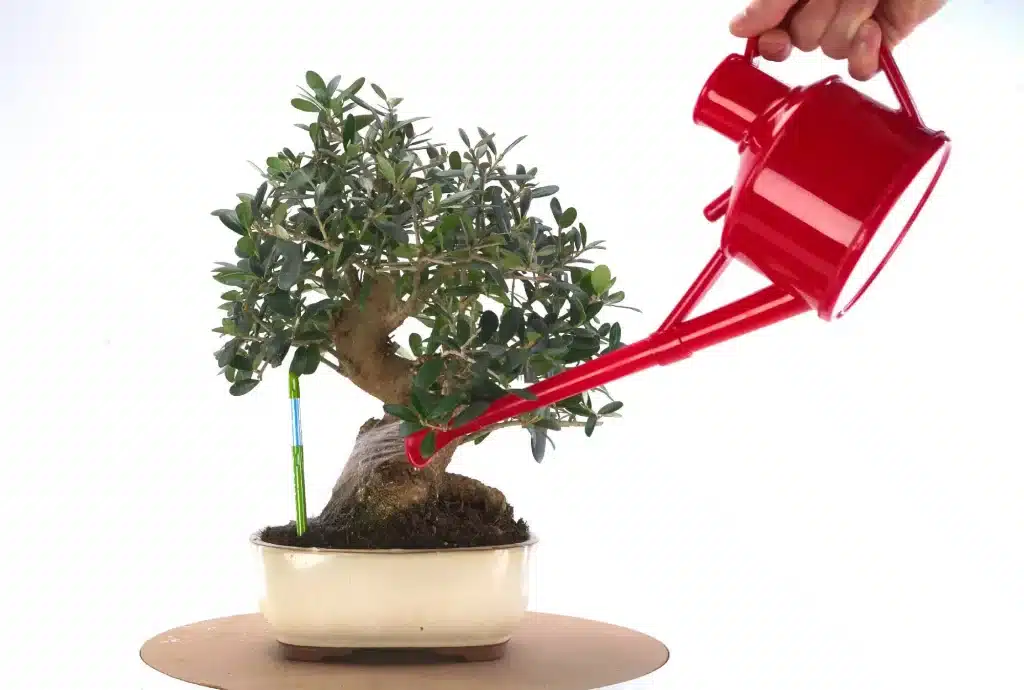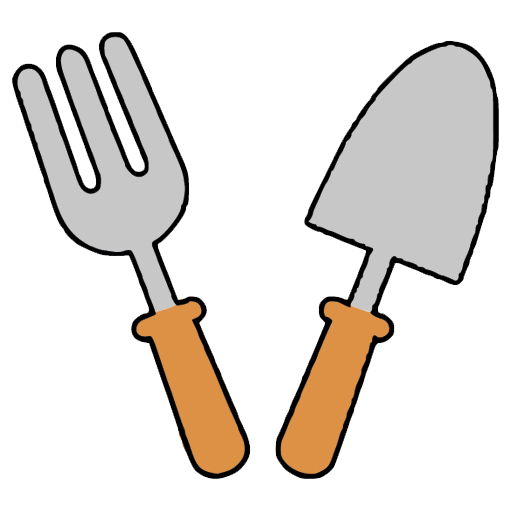Contents
- 1 Why Your Bonsai Isn’t Growing (Hidden Causes Explained)
- 2 Bonsai Root Pruning Guide
Why Your Bonsai Isn’t Growing (Hidden Causes Explained)
Watching your bonsai stall can be disheartening — no new buds, no branching, and barely any sign of life. The truth is, bonsai growth issues usually come down to a handful of simple environmental or care mistakes.
Whether you’re growing a ficus, juniper, or Chinese elm, understanding what’s holding your bonsai back is the first step to turning things around. Let’s break down the most common reasons your bonsai isn’t growing — and how to fix each one for stronger, faster results.
1. Not Enough Light
Light is the lifeblood of your bonsai. Indoor trees often receive far less sunlight than they would outdoors, especially during winter.
What Happens:
Without enough light, your bonsai can’t photosynthesize properly — meaning slow growth, smaller leaves, and pale color.
Fix:
Move your bonsai to the brightest window in your home (south- or west-facing is best). If natural light is limited, use a dedicated bonsai grow light that mimics full sunlight.
💡 Pro Tip: Try an adjustable LED grow lamp with timer settings so your bonsai gets 10–12 hours of steady light each day without overexposure.
You can find adjustable clip-on LED grow lights, small light panels, and broad-spectrum bulbs on Amazon — ideal for compact bonsai setups on desks or shelves.

2. Poor or Compacted Soil
If your bonsai’s soil looks muddy or drains slowly, that’s a red flag. Compacted soil restricts airflow and suffocates the roots.
What Happens:
When roots can’t breathe, they stop absorbing nutrients effectively. You’ll see slow growth, weak foliage, and sometimes root rot.
Fix:
Repot every 1–2 years using a bonsai-specific soil mix that drains quickly but retains some moisture. A good base is a blend of akadama, pumice, and lava rock.
To make the process easier, consider using a bonsai repotting kit (which includes mesh screens, repotting rake, and wire cutters). These tools help loosen the roots gently and improve soil aeration.
For step-by-step visuals, check out the BBC Gardeners’ World bonsai repotting guide.
3. Overwatering or Underwatering
Both can stop growth completely — and it’s one of the biggest beginner mistakes.
What Happens:
Too much water: Roots suffocate and rot.
Too little: The tree becomes dehydrated and halts growth to conserve energy.
Fix:
Stick to a consistent watering routine. Water when the top 1–2 cm of soil feels slightly dry, and let excess drain fully. Never let the pot sit in stagnant water.
If you’re unsure, invest in a bonsai moisture meter — a simple tool that gives accurate soil-moisture readings so you never guess again.
💧 Extra Tip: A narrow-spout watering can makes it easier to control flow and avoid splashing delicate foliage.

4. Lack of Nutrients
Even if your soil looks fine, nutrients eventually get depleted, especially in small bonsai pots.
What Happens:
A nutrient deficiency means the plant can’t produce energy efficiently. You might notice dull leaves, thin branches, and no new shoots.
Fix:
Feed your bonsai every 2–4 weeks during the growing season with a slow-release bonsai fertilizer or liquid organic feed.
Different species need different strengths — a balanced NPK 10-10-10 works for most, but tropical bonsai like Ficus appreciate a slightly higher nitrogen mix.
For convenience, try bonsai fertilizer pellets that release nutrients gradually with each watering — perfect for busy plant owners.
5. Temperature and Humidity Problems
Indoor environments can be unpredictable — cold drafts in winter and dry air from heating systems can both cause bonsai stress.
What Happens:
Low humidity and fluctuating temps slow growth and lead to crispy leaf edges.
Fix:
Keep your bonsai in a consistent environment between 18–25 °C and avoid placing it near heaters or air-conditioning vents.
To maintain humidity, use a bonsai humidity tray or place a mini humidifier nearby. Both help create a stable microclimate for healthy foliage.
6. Pruning and Root Stress
Pruning is vital for shaping, but it can backfire if done incorrectly.
What Happens:
Cutting too much foliage or trimming at the wrong time can weaken the tree. Similarly, heavy root pruning during repotting can shock it into dormancy.
Fix:
Prune during active growth (spring or early summer). Use sharp bonsai pruning shears to make clean cuts that heal quickly.
When repotting, remove no more than one-third of the root mass at a time — and always rewater thoroughly afterward.
7. Dormancy or Seasonal Cycles
Some bonsai species naturally slow down in winter — even indoors.
What Happens:
Deciduous trees like maples and elms go semi-dormant. During this time, they store energy for spring growth rather than pushing new shoots.
Fix:
Don’t panic! Simply reduce watering slightly and stop fertilizing until new buds appear. Resume full care once growth restarts.
Quick Growth Recovery Checklist
✅ Bright, steady light (natural or LED grow lamp)
✅ Free-draining bonsai soil with aeration
✅ Balanced fertilizer during growing season
✅ Consistent watering and humidity
✅ Correct pruning with clean tools
Keep Your Bonsai Growing Strong
Slow growth doesn’t mean failure — it’s your tree’s way of signaling something’s off. With the right adjustments in light, soil, and feeding, you’ll see new shoots within weeks.
Learn even more recovery tips in How to Water a Bonsai Tree Indoors (Avoid Root Rot & Dry Leaves) and get your bonsai thriving again.
FIX SLOW BONSAI GROWTH FOR GOOD
Bonsai Root Pruning Guide
For stronger, more balanced growth, regular bonsai root pruning helps prevent root-bound stress and improves nutrient absorption.

